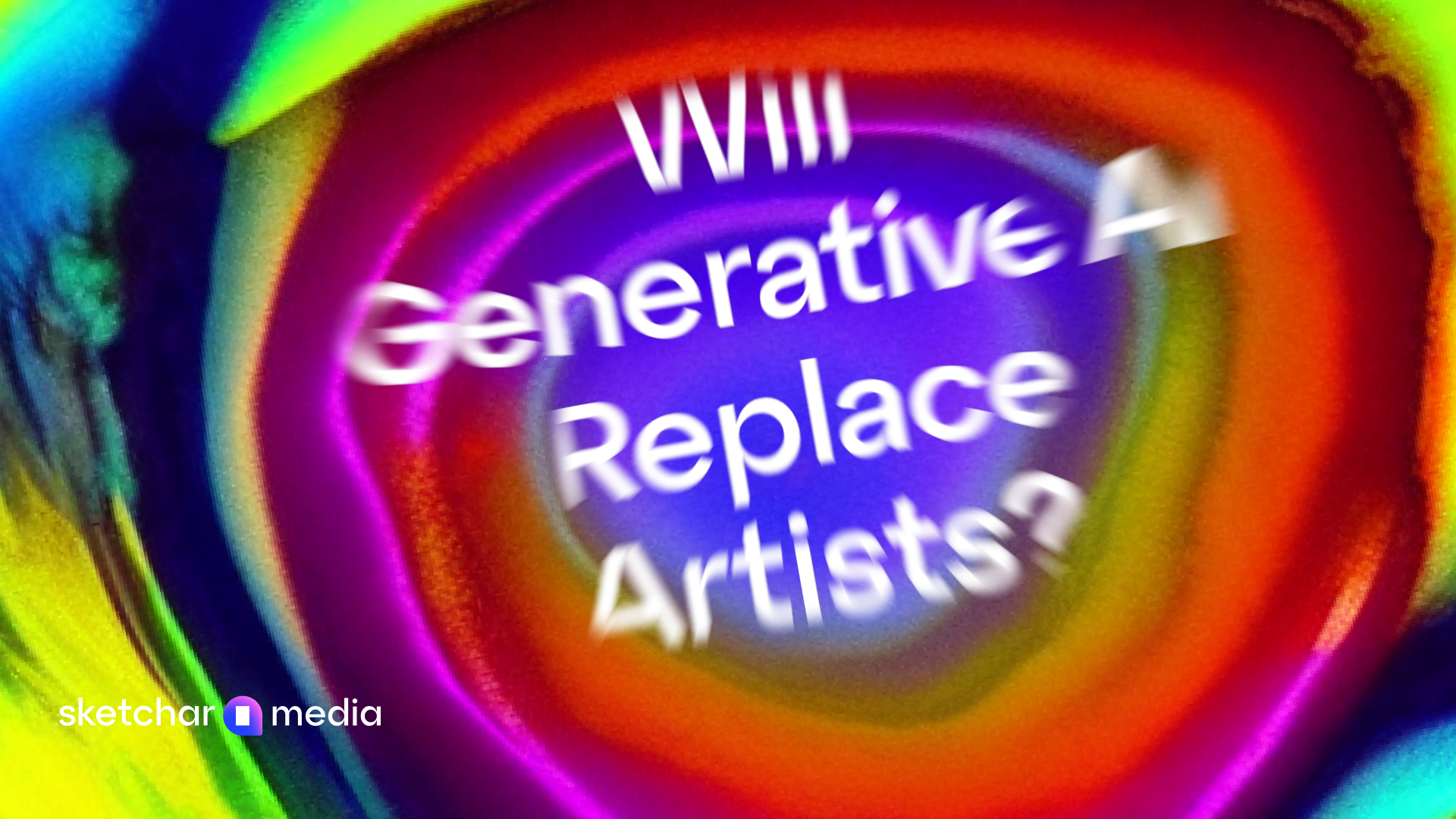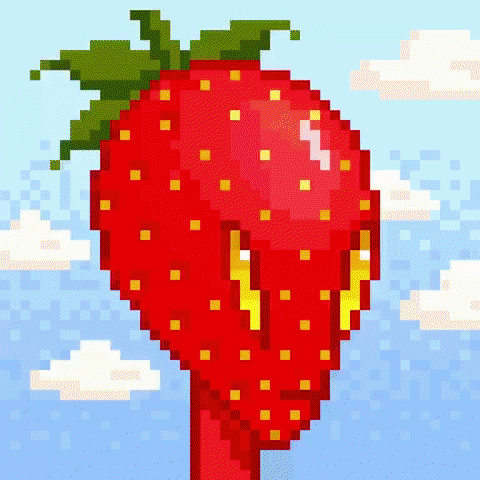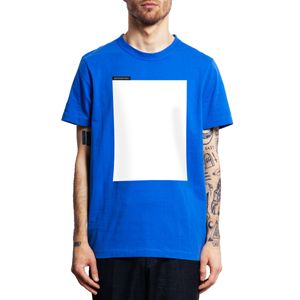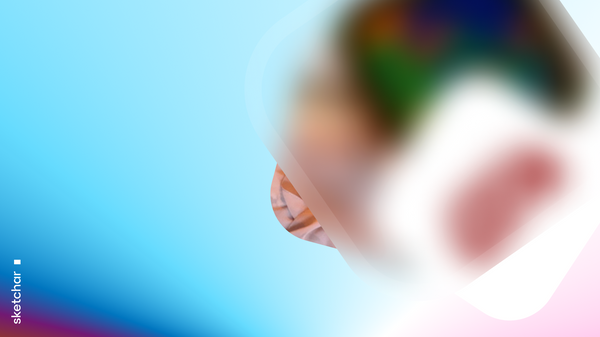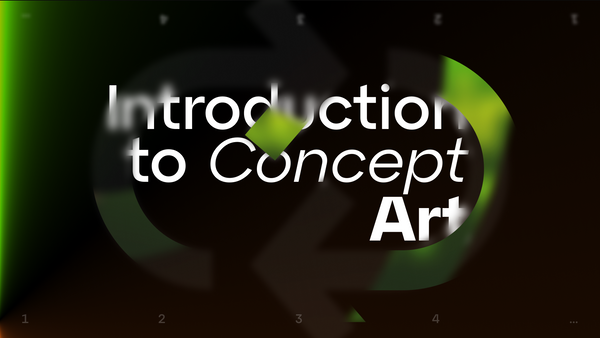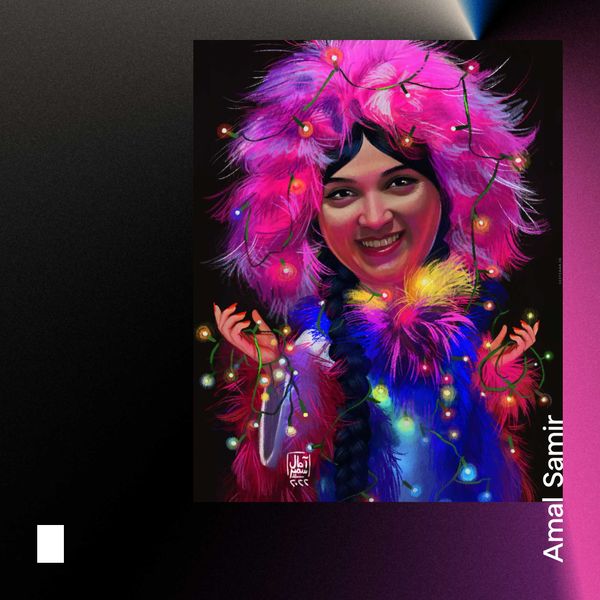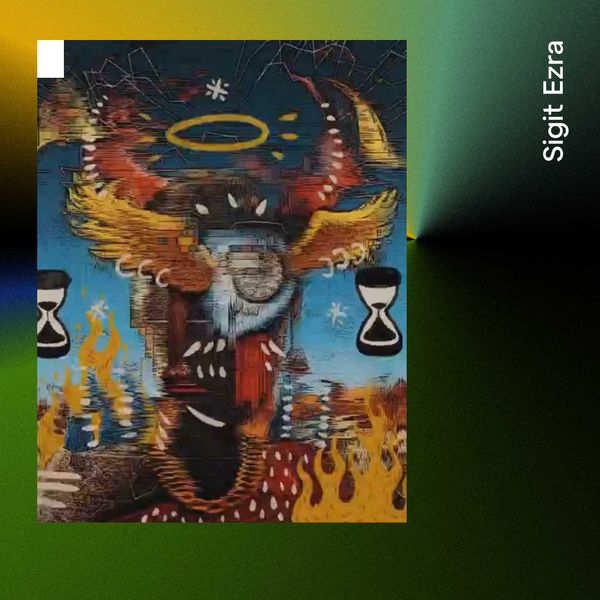In 1997, perhaps the greatest chess player in history, Gary Kasparov, lost to a machine – an IBM-built supercomputer called Deep Blue. For many, this historical loss became the event that signified a start of a new era where machine intelligence bests human intellect.
Flash forward two decades, the chess-playing algorithm that Deep Blue used can easily run in the background on your smartphone, while at the same time you mess around with a LIDAR scanner and facetime your friends.
You are an artist, you use technology to create art and express yourself. Kasparov’s knowledge has been threatened by a machine but a machine will never be able to create art, right?
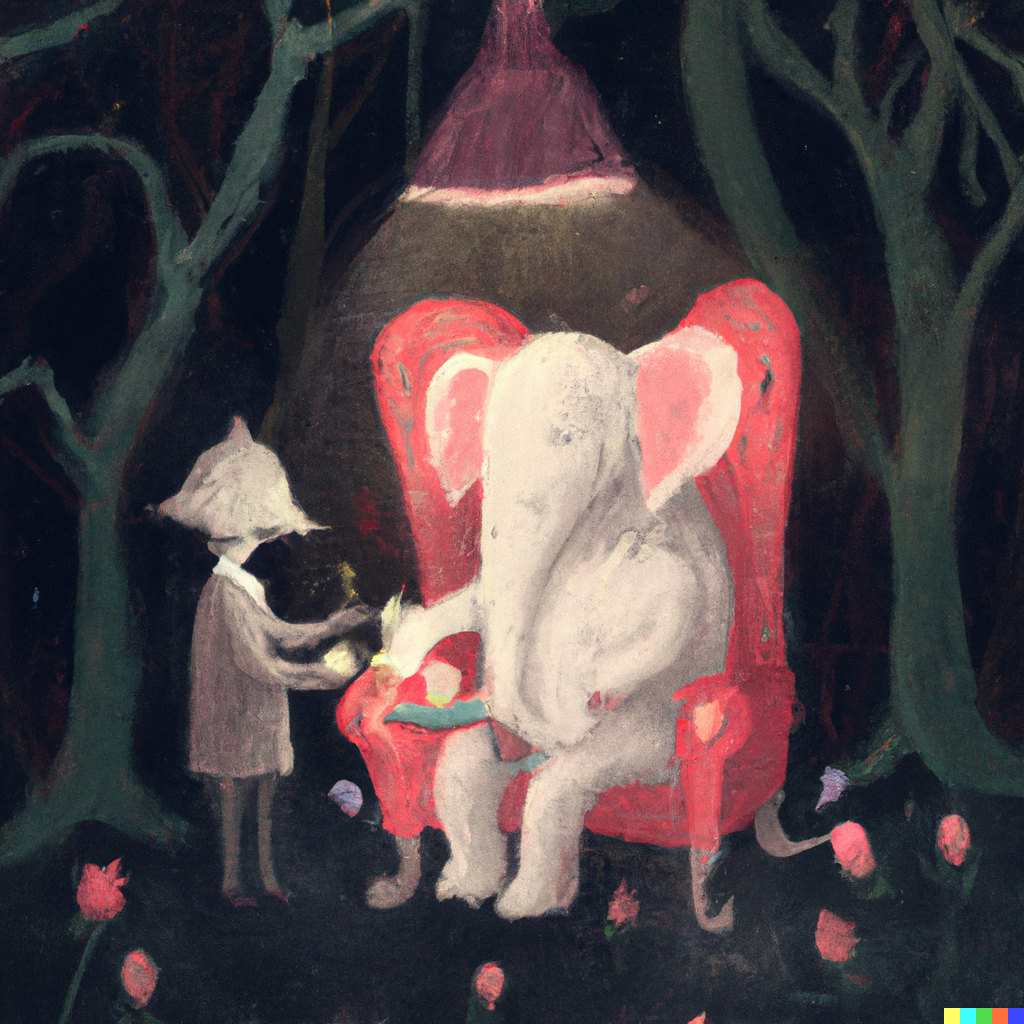
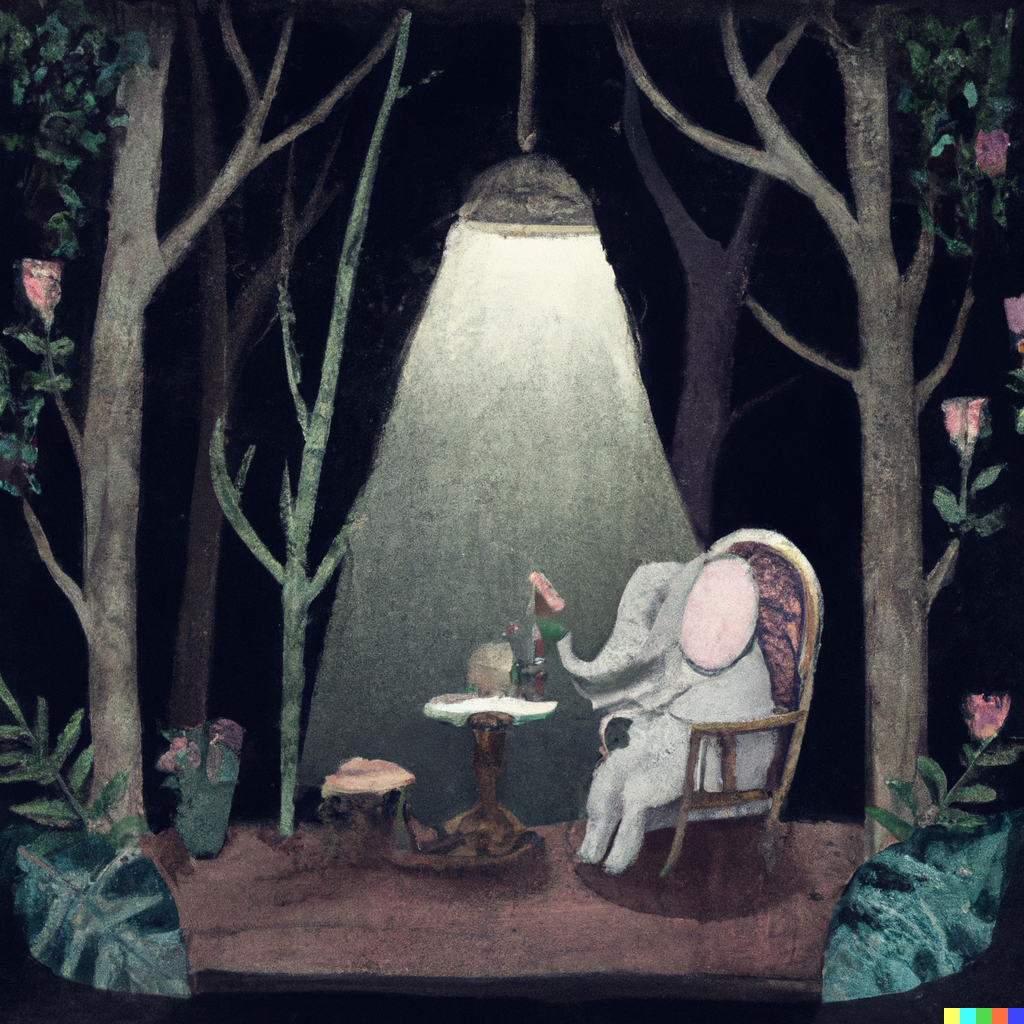
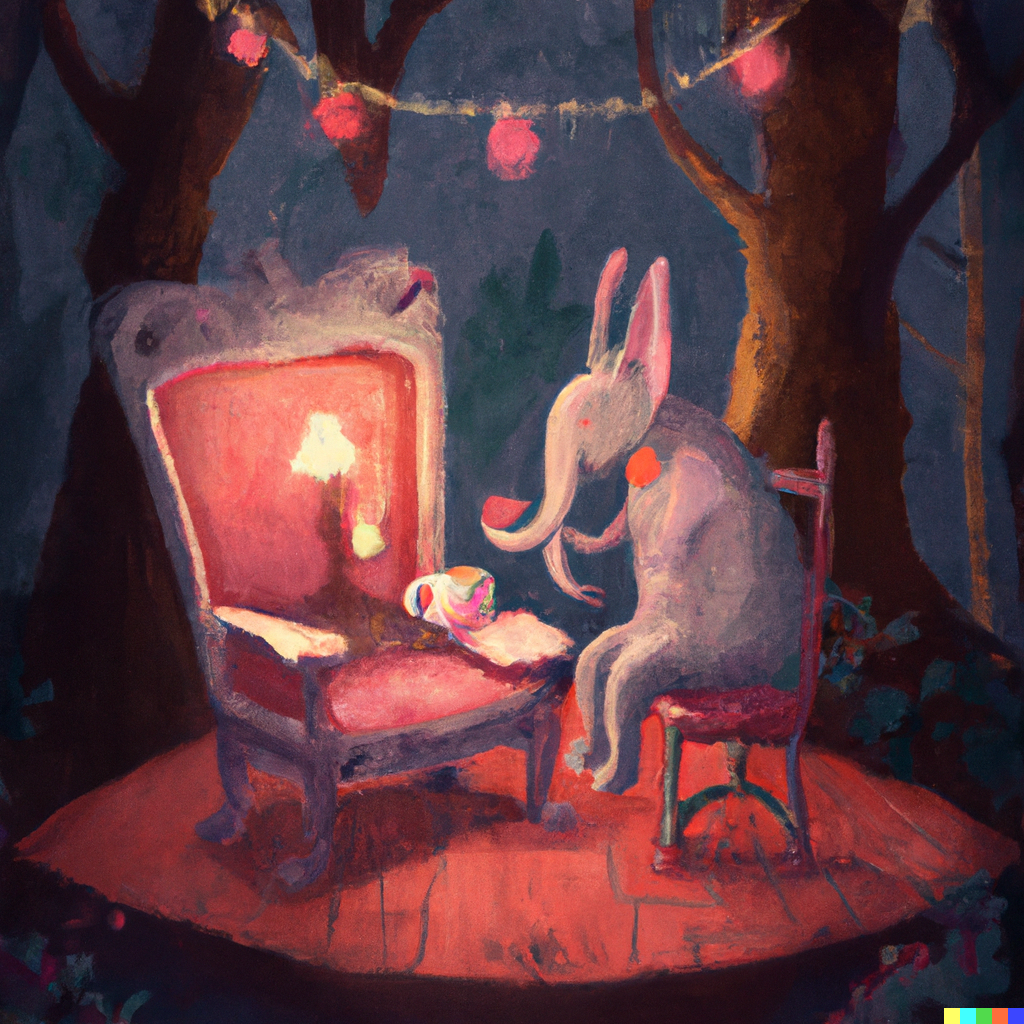
The cover for this blog post has been generated using Dreamstudio and illustrations above and below using Dall-E.
Therefore, the question is not whether machines can create art in the caliber of Gustav Klimt (they already can), but whether they will soon be able to do so faster, more efficiently, and cheaper than human artists.
What is Generative AI, and why is it different?
The idea that computers could help us express ourselves creatively is hardly new. Computer-generated art has been around since the early 1950s. But up until recently, machines had no chance to outcompete humans in any creative endeavor.
Machines are good at analyzing the massive datasets they are fed, finding patterns in them, and providing you with answers or predictions (ETA on your pizza delivery, for example). However, the new category called “Generative AI” shook up the art world and creative industries as it is well on the way to becoming faster and cheaper and: in some cases – better than what humans can create by hand.
Generative AI is AI that is trained on massive amounts of data. It imitates its patterns and creates something new. So instead of being fed with instructions on how to create a specific result ( Painting a painting of a dog ), the machine is fed with data of a million dog paintings and generates a new dog painting based on all the input data it was fed.
According to an article written by Sonya Huang, Pat Grady and GPT-3 (yes, deep learning language model which produces human-like-text), every industry that requires humans to create original work is up for reinvention and it is likely that “certain job functions may be completely replaced by generative AI, while others are more likely to thrive from a tight iterative cycle between human and machine”.
This goes for everything from arts and entertainment, to manufacturing, to healthcare. As far as AI is concerned, our creative industries are now its new playground.
Except it's not - generative AI is only the latest tool in a toolbox, and anyone will have access to it.
To disrupt, not replace
As Garry Kasparov lost to Deep Blue in 1997, similarly in the summer of 2022, artists who participated in Colorado's state fair art competition had an unfortunate experience of losing against artificial intelligence too.
Jason Allen, a video game designer, had entered the contest with an artwork created using Midjourney, an artificial intelligence program that turns text prompts into images. After revealing how the artwork was created Allen’s work went viral and sparked a massive backlash from other artists.
Allen stated that it took him “many weeks of fine-tuning” and “100s of different images” to achieve the desired result, resulting in approximately 80 hours of work. After reading these numbers one shouldn’t think that artificial intelligence is here to replace.
Change an artist's creative process – definitely.
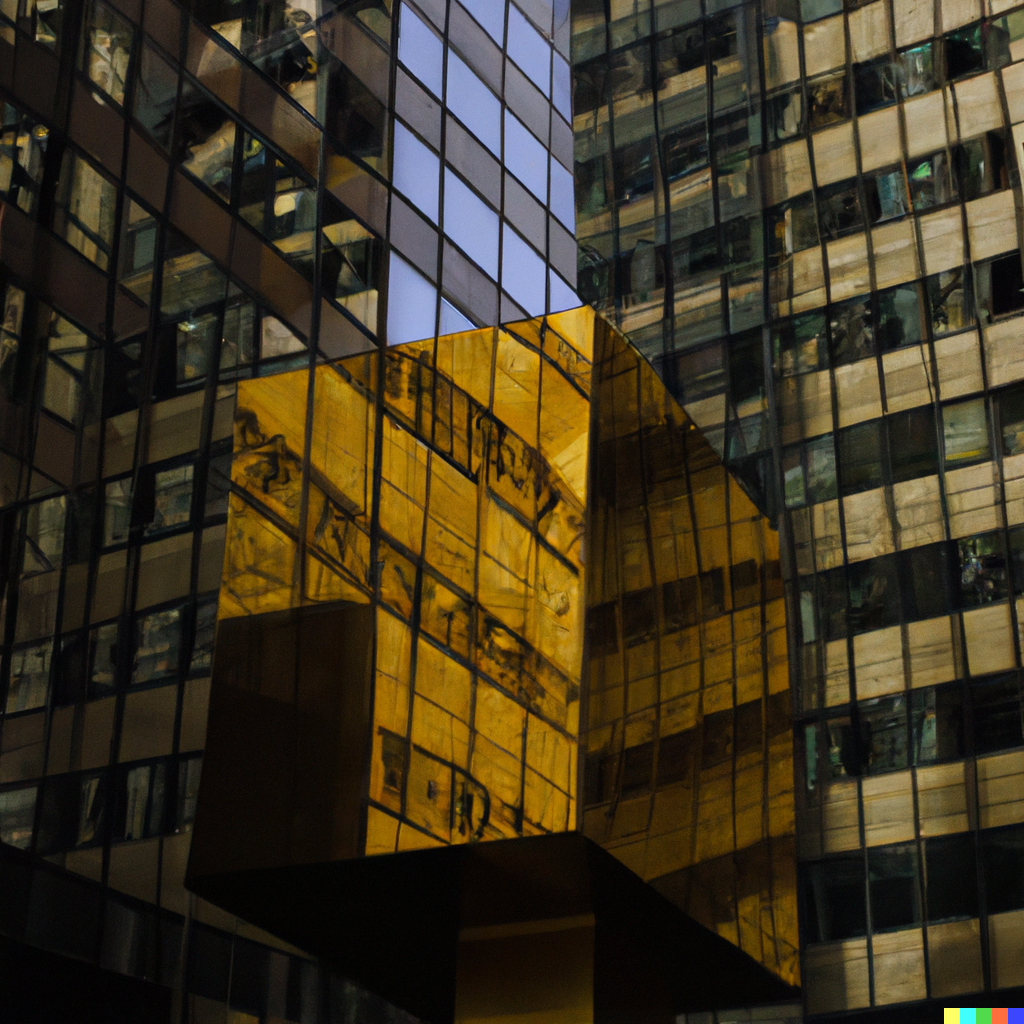

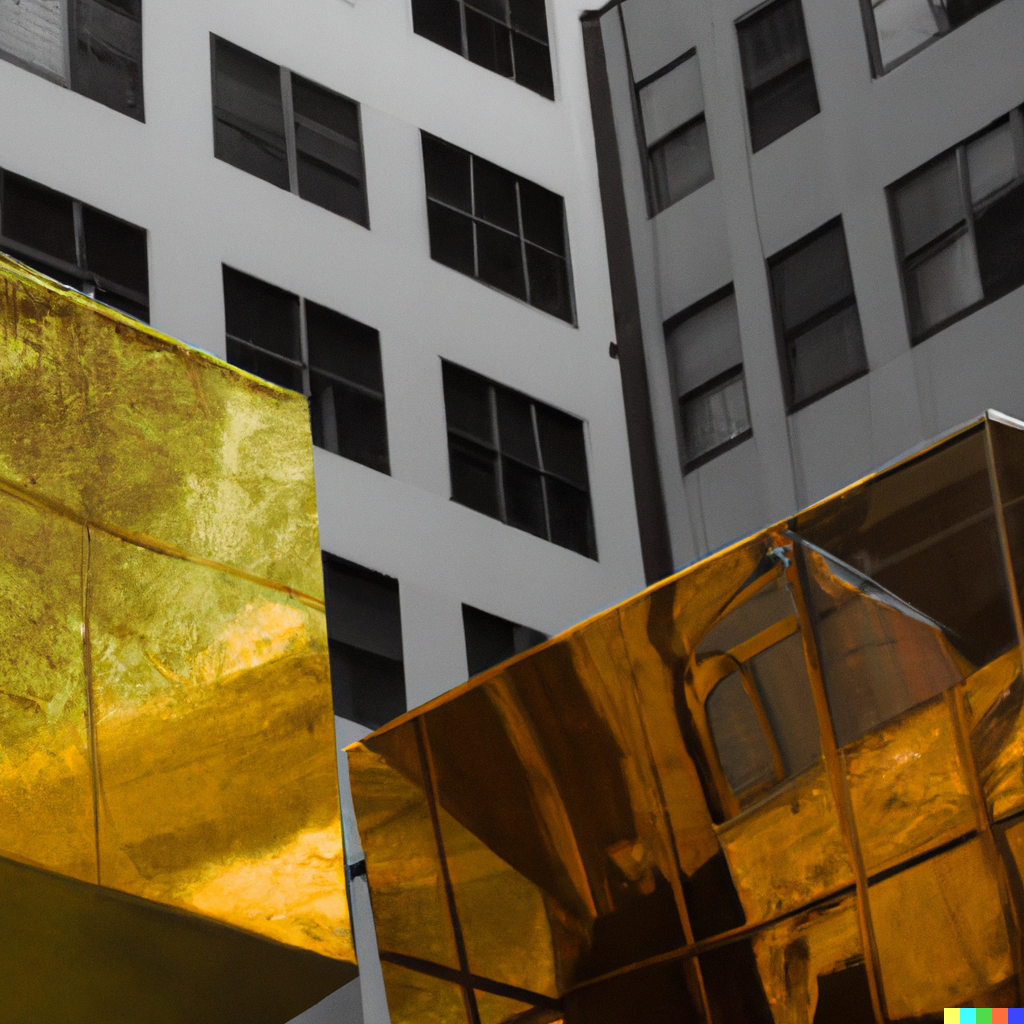
The reality is that AI art won’t replace artists. Researcher Anne Ploin, of the Oxford Internet Institute, argues that the creative decision-making part, which is critical in art will not be replaced by AI technology.
In her words, “AI models can extrapolate in unexpected ways, draw attention to an entirely unrecognised factor in a certain style of painting [from having been trained on hundreds of artworks]. But machine learning models aren’t autonomous.”
Machine learning models aren't autonomous. They require human agency to produce results. Therefore, it is up to the artist to choose how and for what purpose to use it.
Generative AI is capable of producing jaw-dropping results in a matter of seconds but will it ultimately replace artists?
No, but it might be the catalyst that helps artists embrace new, exciting and diverse styles.
▋
(Answer generated using writing AI program)

